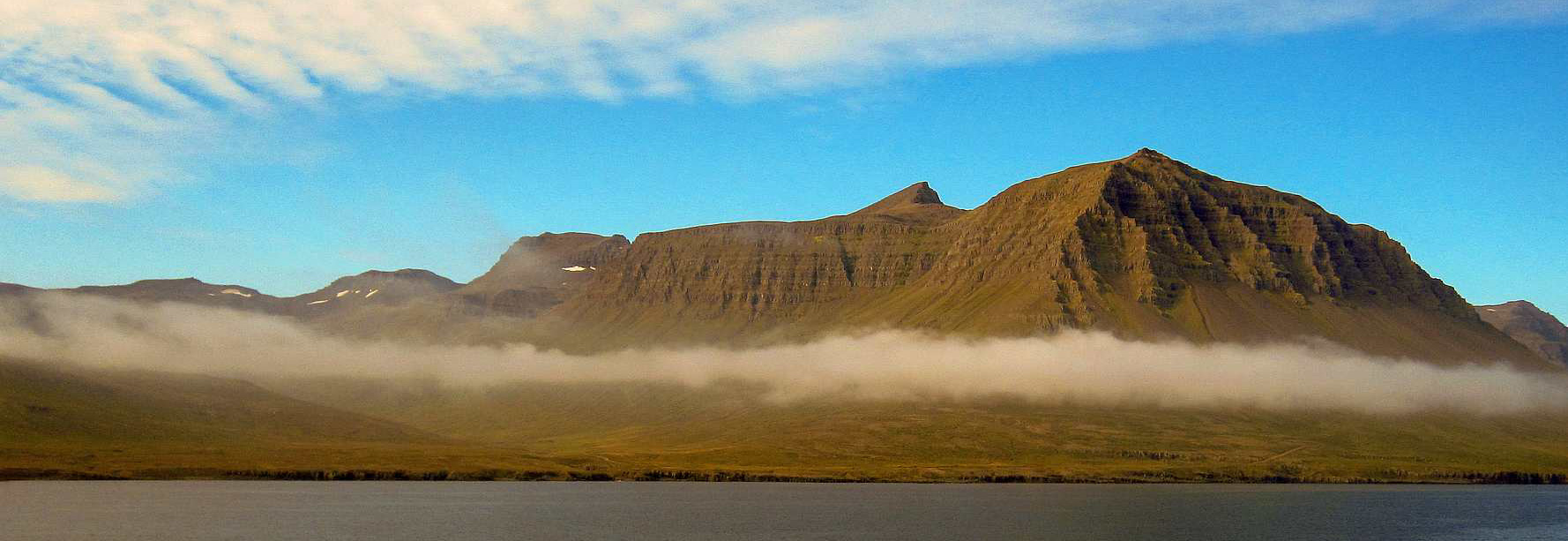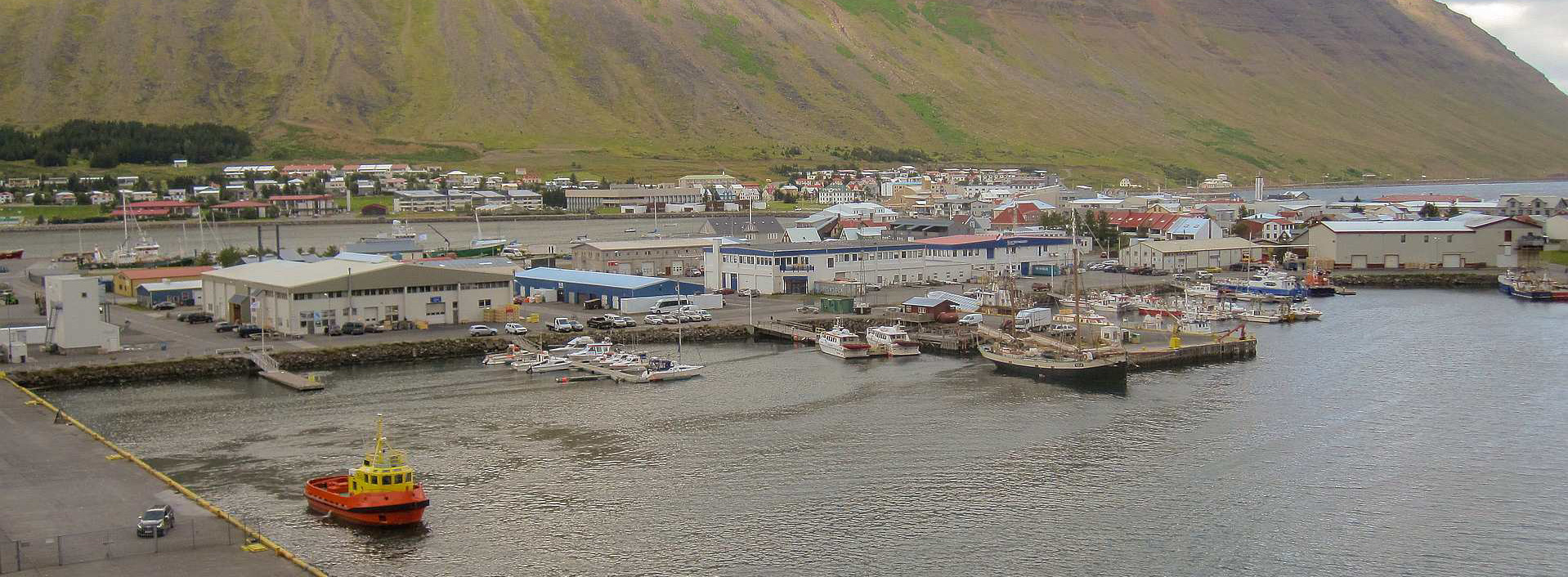
We spent some of August in Iceland rather than Salcombe. While the UK was enjoying its glorious heatwave in June and July this year, Iceland was having the wettest summer on record, with only 5 rain-free days between April and the end of July. Fortunately all this changed the moment we arrived and we had the benefit of lots of lovely Arctic sunshine.
Relations between Britain and Iceland have had a chequered history. British troops occupied Iceland during World War 2, thereby ending its neutrality; there were serious skirmishes involving the Royal Navy during the ‘cod war’ when Iceland unilaterally extended its fishing limit to 200 miles; and at one stage Iceland blamed Britain for its banking crisis after the UK government froze the funds of Icelandic banks in London: the effects of that banking crisis still leave a deep scar but at least 26 bankers are now in prison serving a total of 90 years. However none of these difficulties was reflected in the warmth of the welcome we received – and Iceland, with a population of 350,000, now welcomes 1.3m tourists a year.
The Scandinavian culture of the country is undeniable but rather than being pure Viking (like their horses), it has recently been discovered that 60% of the female DNA of Icelanders is Scottish. The fierce independence of Icelanders is equally undeniable. Iceland is in the EEA (which we know as the Norway solution) and has had two EU referenda both of which narrowly rejected EU membership. Just as in the UK, the farming and fishing industries were most vigorously against.

Fishing is big in Iceland and nobody but an Icelander catches Icelandic fish. Fishing also provides the basis for the (controversial) resuming of whaling by Iceland – because whales eat too many fish (yes, I know, not all whales eat fish but there you go). This makes Iceland, with Norway and Japan, one of the three countries which disregard the UN whaling agreement. And here’s another thing: whale meat is feely available in Icelandic restaurants but (unlike puffin and guillemot, which is also commonly on the menu, along with their eggs), there is no Icelandic tradition of eating whale. This seems to have grown with the burgeoning tourist trade: most of the whale meat is eaten by tourists. So, if you have the good fortune to visit Iceland, it is up to you to decide whether or not to sustain the whaling industry.
Comments are closed, but trackbacks and pingbacks are open.